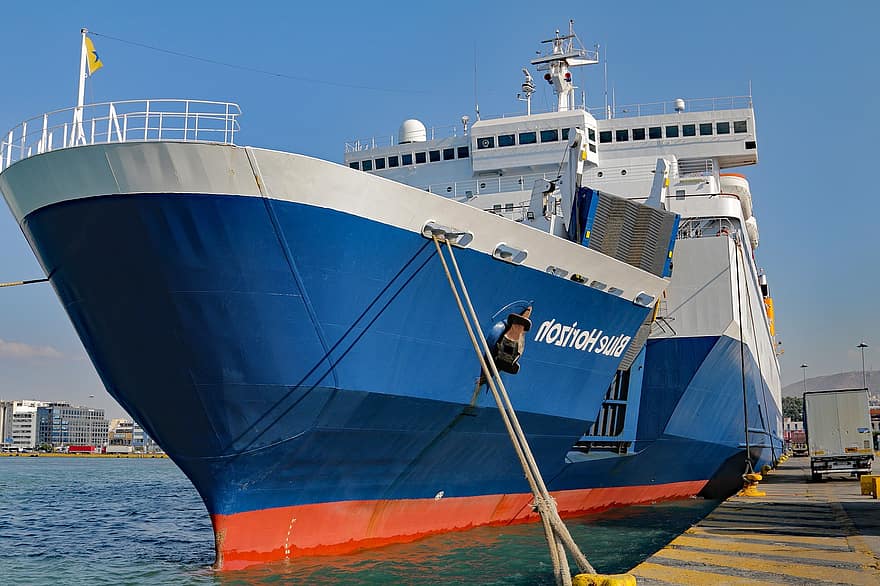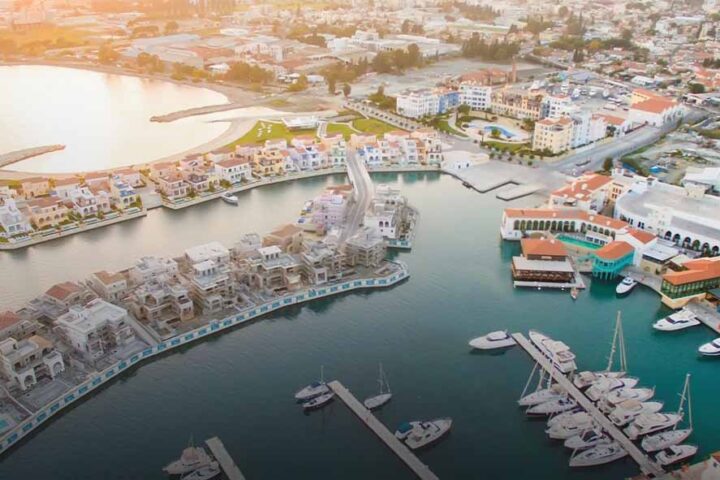By Zacharias Kapsis
The European Commission has decided the maritime passenger route between Cyprus and Greece is a general economic interest service under current EU rules and can thus be supported with state/government funds.
After months of discussions with the EU’s DG Competition, that started in July 2019, the Shipping Deputy Ministry managed to secure approval for maximum state aid of €6 mln annually to reinstate the Cyprus-Greece ferry connection.
It was discontinued in 2000 after a sharp drop in the price of airline tickets, which made the line obsolete.
Based on the above, on 3 July 2020, the European Commission gave the green light for the establishment of a ferry link between Cyprus and Greece, paving the way for the launch of an open tendering process in the coming months.
The exact date of the launch of the ferry link will be determined by when the contracts are signed, however, the ultimate aim of the Shipping Deputy Ministry is to launch the route in May 2021.
Apart from the annual amount of €6 mln, which will be given as a state subsidy, the duration of the contract will be for three years with the possibility of renewal for another three.
The Cypriot government, together with the successful bidder, will agree on when the route will start operating.
Interested shipowners and charterers planning to submit a tender for this project should have a ship capable of carrying both passengers and freight.
More specifically, the Cyprus-Greece maritime connection will be conducted by the Ro-Pax ferry that will carry passengers and their accompanying vehicles, as well as cargo.
The ferry is expected to have a capacity for at least 200 passengers and cabins for 140 people and it should not take over 16 hours to make the trip.
The route will connect Limassol or Larnaca port with the port of Piraeus with the possibility of an intermediate stop in a Greek island port on the way to Piraeus and vice versa.
The itinerary will be conducted once a week in the summer months (May–September) and once in a fortnight during winter (October–April) and it is expected to enrich the available means of transport and create a new market segment for consumers/travellers to and from Cyprus and Europe.
The frequency of the route will be reviewed based on demand.
It is also noticeable to mention that the Cypriot government will only be financing the cost of carrying passengers, ensuring that the subsidy is not exploited by the shipowner to subsidise cargo.
For this reason, the documents of the project have been drafted to comply with EU regulations to ensure that the subsidy covers only the cost of transferring the passengers and not the cargo, so it does not create unfair competition and overcompensation is avoided.
The maximum cost of a ticket will be €50 one-way, €80 for a return ticket, €80 per person in a cabin for one-way tickets and €120 per person in a cabin for return tickets.
Children under two years of age will travel for free, while children under 12 will pay a reduced fare.
Vehicles of up to five metres will have to pay €75 for one-way tickets and €150 for return tickets. Motorbikes will cost €50 for a single ticket and €100 for a return ticket.
Port fees, which will not be included in the ticket price, may indicatively range between €20 and €30.
The ultimate aim of this project is to strengthen Cyprus’ connectivity with mainland Europe, creating a new market for travellers to and from Cyprus and Europe, since the only means of transport currently available to and from Cyprus is by air.
Zacharias Kapsis is a shipping lawyer at A. Karitzis & Associates L.L.C, Limassol. He specialises in maritime law, member of the Navigation Committee of the Cyprus Bar Association. [email protected].










